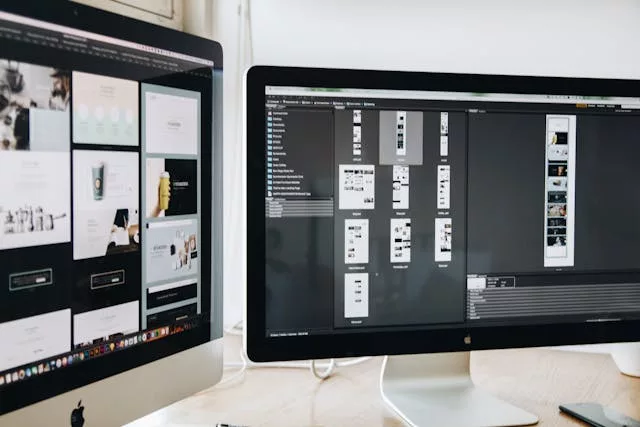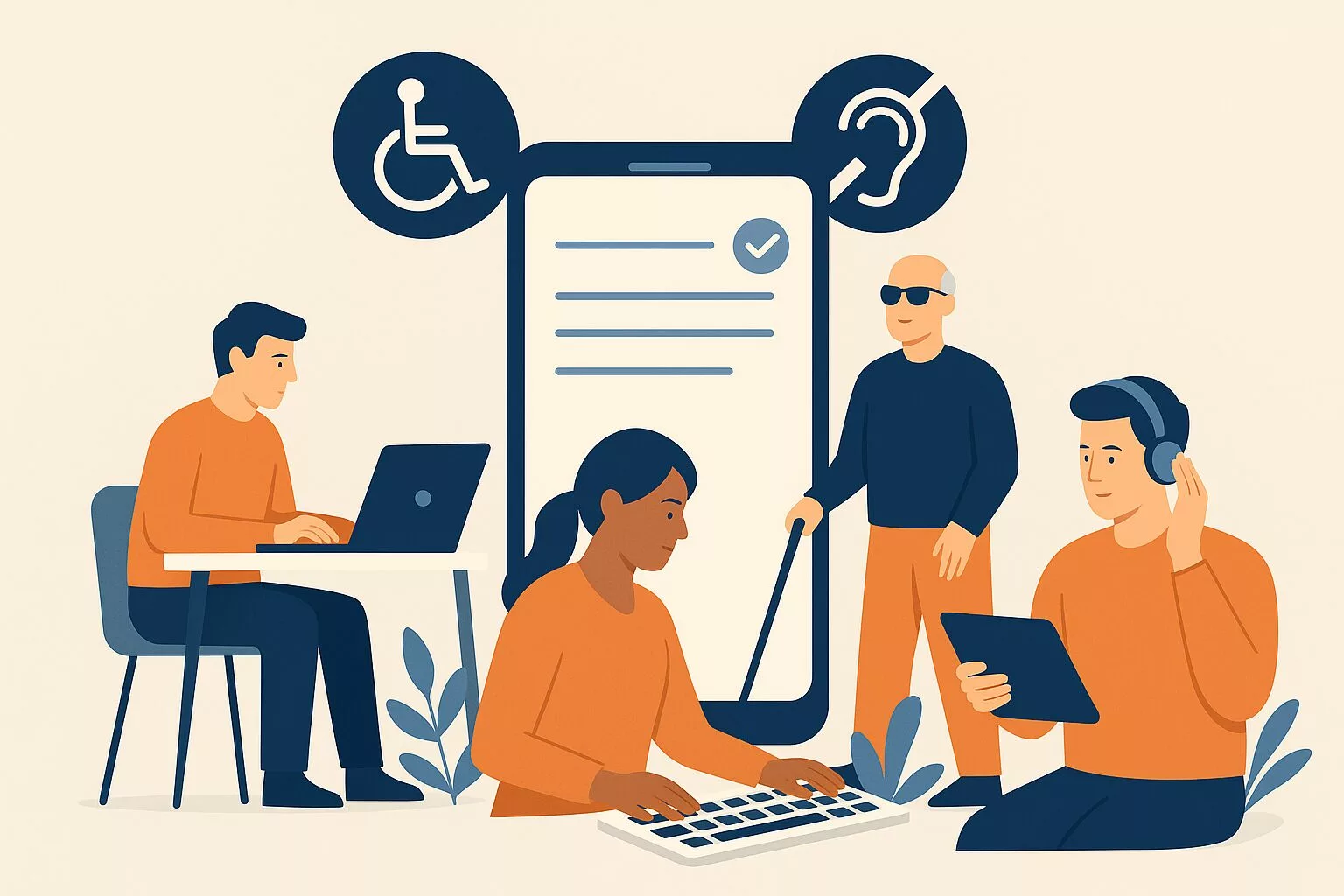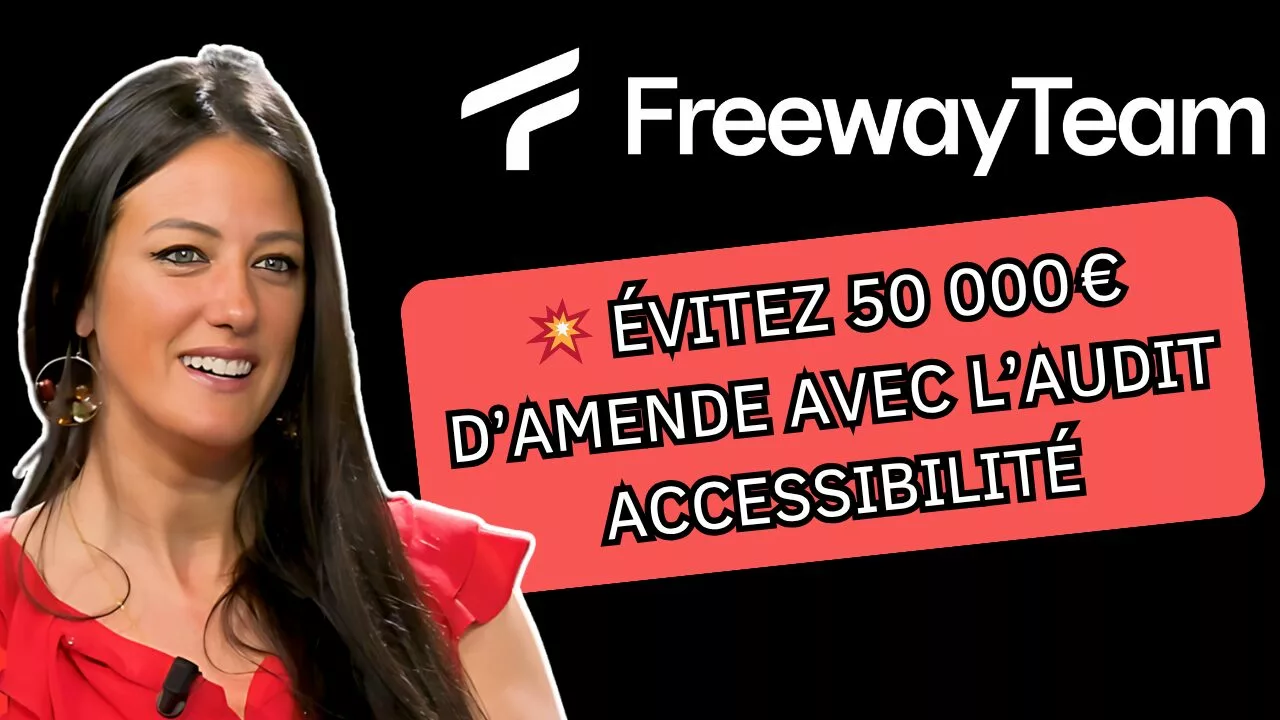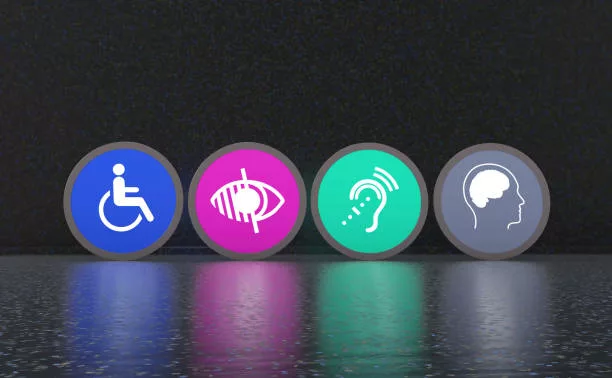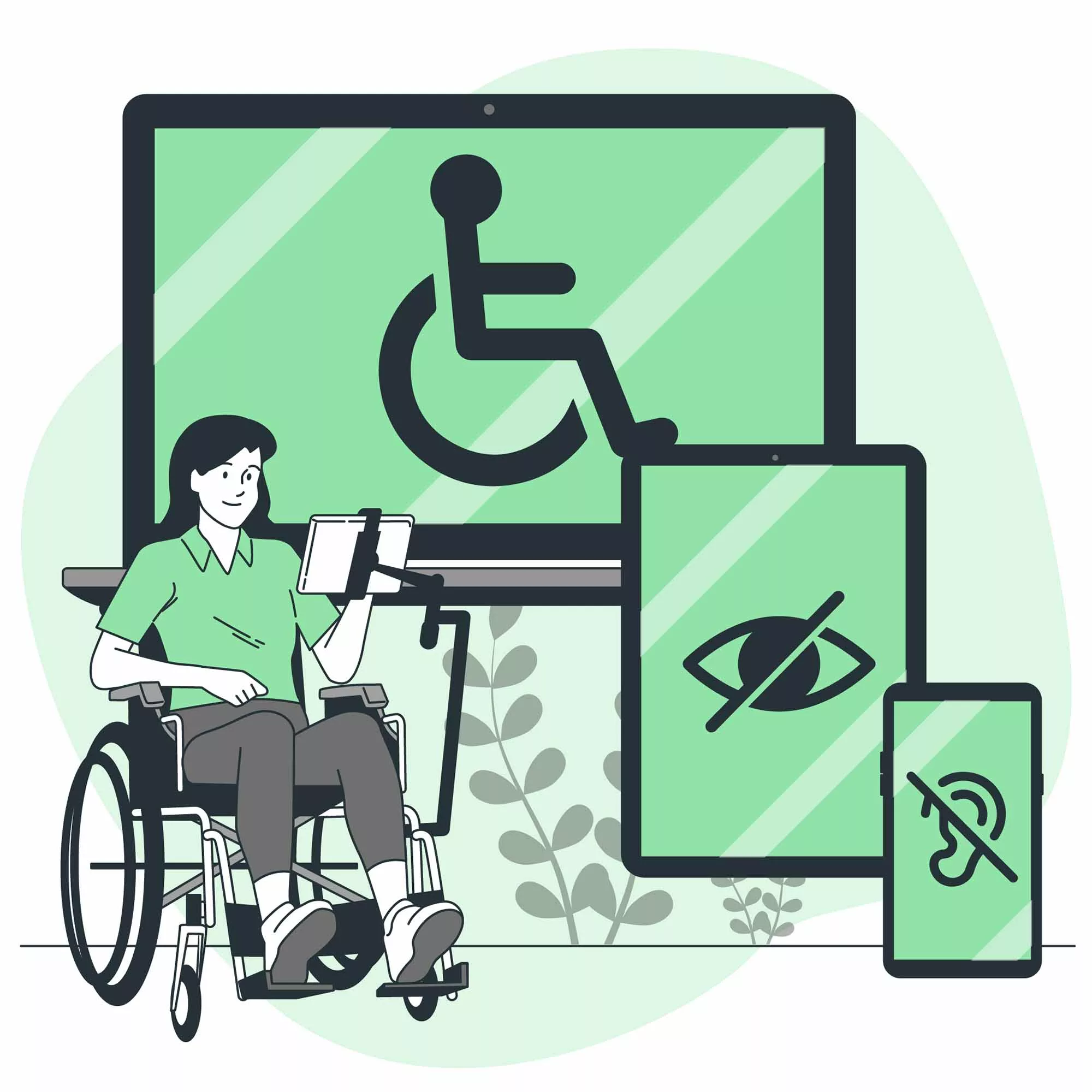In the past, it was enough for a website to “work well” to satisfy users. Today? That’s no longer enough. Users want to feel something. Enter emotional UX (or emotional design). It’s not just about being useful. It touches. It sticks. It makes you smile—or even cry.
But how can a brand build an emotional connection through a screen as cold as an empty fridge? Spoiler: there’s real science behind it. Let’s break it all down. Let’s go!
1. What is Emotional UX?
Emotional UX is the art of creating interfaces that evoke emotions. The term was popularized by Don Norman, a pioneer in user-centered design. Later, Aarron Walter refined the concept with his famous “Pyramid of User Needs,” where emotional design sits at the top. Because a happy user is… a returning user!
Don’t confuse: ergonomics, UX, and emotional design
- Ergonomics: We want it to work, period.
- UX: We want it to be pleasant to use.
- Emotional design: We want the user to feel something.
It’s like making coffee:
- Ergonomics = a cup that doesn’t leak.
- UX = a cup that’s easy to hold.
- Emotional UX = a cup that reminds you of your grandma.
The Emotion Triangle
To create that magic, three key elements come into play:
- Visuals (colors, shapes, mascots)
- Interactions (animations, transitions, micro-interactions)
- Tone of voice (language, voice, style)
2. Why Emotions Matter in User Experience
The brain loves emotions
Thanks to neuromarketing, we know emotions drive decisions. Even when we think we’re being rational… emotion usually wins. Sad but true.
We remember what we feel
People forget what you say. They forget what you do. But they never forget how you made them feel. Emotional UX creates memories—and memories build loyalty.
From utility to relationship
We’re not just optimizing clicks anymore. We’re building relationships between brands and users. And relationships are built with emotion. Yes, even for a budgeting app. (You can be strict and lovable!)
3. How to Create Emotional UX
The power of micro-interactions
A tiny ❤️ pulsing when you like a post. A sound that celebrates task completion. These UX micro-interactions are digital caresses. They bring your interface to life.
Tone, tone, tone!
Your tone of voice is your brand’s personality. It can be funny, comforting, or inspiring. Great micro-copy turns a simple message into an experience.
Example: “Oops, you forgot something!” instead of “Error 404.”
Visual storytelling
An interface can tell a story—with illustrations, mascots, or animations that evolve with the user. That’s UX storytelling. And it works.
Engage the senses
Why stop at visuals? Sound design and haptics (vibrations, clicks) enrich the experience. When done right, it’s magic. When done wrong… it’s a nightmare.
4. Brands That Nail Emotional UX
Duolingo: the mascot that guilts you (but you love it)
Between passive-aggressive notifications (“Are you really giving up on me?”) and emotional gamification, Duolingo makes learning fun—and emotionally engaging.
Mailchimp: a voice that speaks to you
Their micro-copy is iconic. Every message is crafted to make you smile—even when you’ve just sent a campaign with a typo. They know how to humanize tech, and it works.
Notion: emotional calm
Notion is the zen of productivity. Its minimalist emotional UX is soothing. No overwhelming prompts. Soft emojis. Subtle but thoughtful personalization.
5. Pitfalls to Avoid
Don’t force emotion (we see you)
Too much effort kills the effect. Interfaces that try too hard come off as fake. And users can smell it. Stay authentic.
Beware overstimulation
Animations, sounds, mascots, flashy colors… all together, it can turn into a circus. Emotional UX? Yes. But with subtlety.
And what about emotional accessibility?
Some animations or sounds can exclude users (epilepsy, hearing impairments, cognitive issues). Think inclusivity when designing for emotion.
6. Conclusion: Toward UX That Truly Connects
Emotional UX isn’t a gimmick. It’s a competitive edge. It’s what turns users into fans. What gets them talking about you. What keeps them coming back.
So ask yourself: What do you want users to feel at every step? From homepage to 404 error. If you know the answer… you’re already on the right path.
Want to go further?
If you want to turn your site into an emotion (and conversion) machine, talk to one of our experts. They’ll help you create a UX no one will forget.
